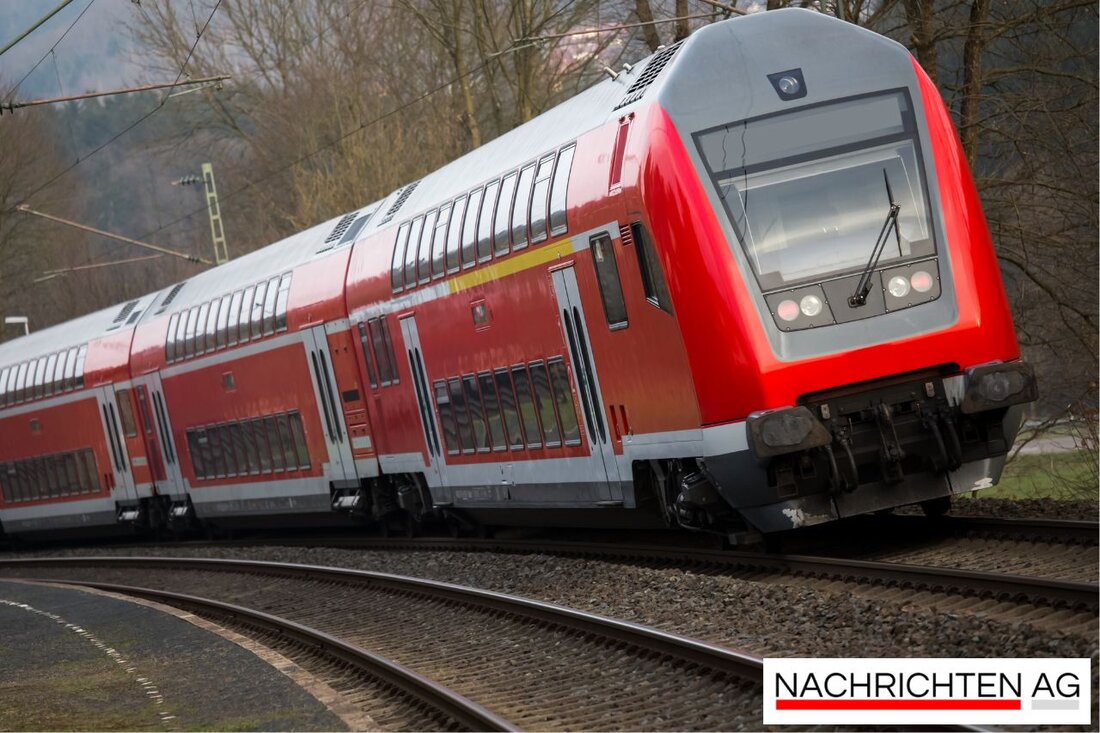Japanese features: Why punctuality belongs to culture here!
Japanese features: Why punctuality belongs to culture here!
When it comes to punctuality, Japan is a true role model and the Shinkansen trains, known as high-speed trains, are the best example. These vehicles in Japan are a synonym for perfection and even put the rest of the traffic in Germany in the shade. According to Welt there are only minimal delays, usually on average of only a few seconds. A look at the statistics shows that the Tokaido Shinkansen had an average delay of only 1.6 minutes in 2024, which makes the Japanese lanes considered reliable worldwide.
In Germany, on the other hand, only 62.5% of long-distance trains are punctual, as Jraailpass reported, while the British features showed only a punctuality of 67.7% in the last quarter of 2024. The punctual arrival and departure of the trains in Japan not only has a high priority, but is also a cultural concern. This is reflected in the strict planning of the timetables that have to be right up to the second.
What makes the Japanese features so special?
The Japanese rail network comprises more than 27,000 kilometers of tracks for regional and local transport trains. About 3,000 kilometers of this are reserved for the Shinkansen, which, thanks to its separate tracks of local and freight traffic, is largely undisturbed. This separation ensures that there are hardly any disturbances while driving, even if natural forces such as Taifunes or earthquakes strike, explains Deutschlandfunk Kultur .
The technologies that contribute to punctuality and security are impressive. Japan uses systems such as automated train control (ATC) and a decentralized operating system to monitor the trains in real time and ensure that everything runs smoothly. In addition, the employees in the rail sector are extensively trained, which contributes to high efficiency and security. A famous example of this is the "seven-minute miracle"-within this time the Shinkansen trains are cleaned after every trip.
trips in Japan: A special experience of special kind
On a trip with the Shinkansen or the numerous regional trains, comfort and culinary experience are at the top. Although local trains are rather rare in the regional trains, you can buy the popular Ekibe, traditional railway snacks at the train stations, which often have regional character. Matthias Reich, who has lived in Japan for 20 years and has written a book about train travels, has also found that the prices for regional trains are significantly cheaper than those of the express trains, which makes traveling in Japan attractive for tourists. A Japan Rail Pass, which is available for 350 euros for seven days, makes exploring the country even easier.
Last but not least,The lanes are also a mirror of Japanese culture. The calm and disciplined behavior of passengers, which already begins with the label when getting in, makes traveling pleasant and relaxed. Even the smallest delays are documented, and in the event of a delay, passengers receive certificates. Such measures illustrate the immense importance that punctuality in society has.
Apart from the efficiency of the rail network, Japan also plans to introduce a magnetic lifting railway connection, which Tokyo is supposed to connect to Nagoya in just 40 minutes. However, there are also challenges that affect the construction, so that we can be excited to see how the rail technology in Japan is developing.
For everyone who is looking for the perfect railway experience, Japan remains a must-see. Whether with the shinkansen or one of the other features, the anticipation for relaxed and safe travel is guaranteed.
| Details | |
|---|---|
| Ort | Tokio, Japan |
| Quellen | |


Kommentare (0)